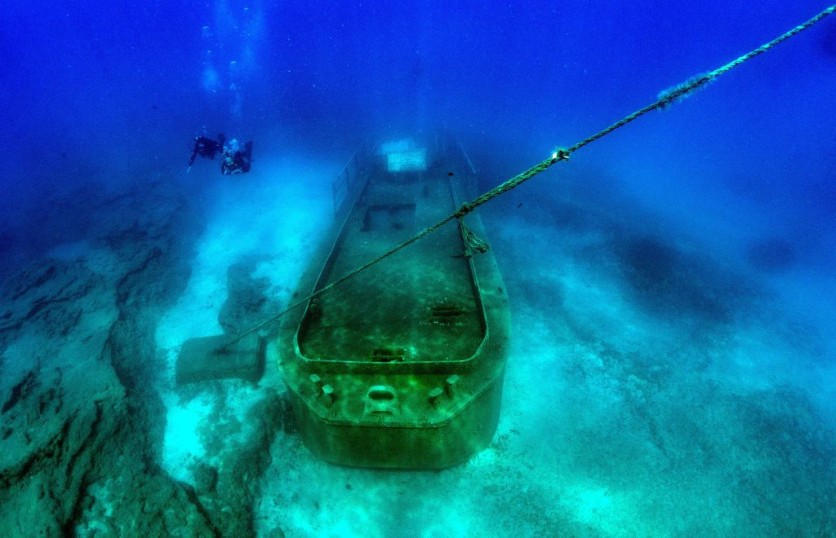A group of maritime archaeologists has shed light on the mysterious shipwreck buried in Hooe Lake, outside of Plymouth, according to a report by BBC.
The Ships Project has recently determined that the hulk is the Westcountry schooner John Sims. Before the discovery, it was assumed to be a Dutch barge known as the Two Brothers.

A Graveyard for Ships
The Ships Project is a non-profit organization that conducts underwater and on-land explorations of maritime historical locations and events.
Due to the 36 documented ship hulks that are buried there, Hooe Lake is referred to as a graveyard for ships.
The crew was writing up archaeological studies when they came upon a letter between two local historians, John Cotton and Martin Langley. This ship was recognized in the letter as the schooner John Sims, which was kept in Cotton's maritime archives.
The project's director and maritime archaeologist, Mallory Haas noted that little information was initially known about the hulk.
But that is until an archaeological examination of the hull was conducted, and the researchers found it was built more like a Westcountry ship or schooner, and not like a barge.
History of John Sims
Peter Holt, the director of The Ships Project, stated that the John Sims, in accordance with historical sources, sailed until 1935, at which point it was converted to a timber lighter for service in the Oreston lumber yard near the Hooe Lake.
HS Trethowan built the ship at Falmouth for the Sims family in 1873, according to documents, and it was registered in Plymouth as a 98-ton vessel.
The ship was purchased by Thomas Stevens of Bursledon, close to Southampton, in 1893. Richard Foster of Gloucester then purchased it in 1900.
When the ship was modified at Plymouth to become a lumber lighter, its registry was closed in 1935.
The schooner was eventually abandoned and is still there today on the east side of Hooe Lake's stone jetty, according to the team.
Holt notes that Plymouth has the most incredible marine history, dating back to 12,000 BC and always presenting new finds and glimpses of what was going on in Plymouth in the 1800s.
"Some of the ones we found in the lake, some of the ones we've identified, are the last surviving examples of this particular type - and, by investigating them, by archaeologically excavating them, we can learn how they were built," Holt said in a statement with BBC.
Related Article : Archaeologists Find an Extremely Rare 1,300-year-old Gold and Gemstone Necklace From a Medieval Woman in England

ⓒ 2025 TECHTIMES.com All rights reserved. Do not reproduce without permission.




